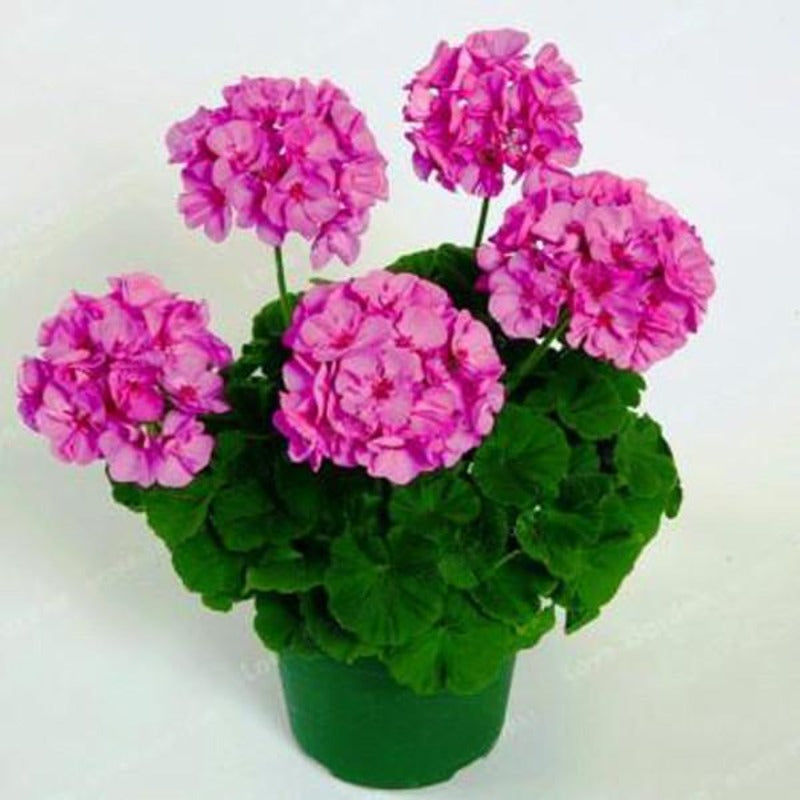- Species and varieties: Geraniums (Pelargonium spp.) are popular flowering plants known for their vibrant blooms and diverse varieties. The 'twocolor variegated' variety refers to geraniums with bi-colored flowers and variegated foliage, adding unique visual interest to gardens and landscapes.
- Hybrid or heirloom: Geraniums can be both hybrid and heirloom varieties. The 'twocolor variegated' type is likely a hybrid, bred for its distinctive flower colors and variegated leaves. Hybrid geraniums are often chosen for their improved vigor, disease resistance, and unique aesthetic qualities.
- Pruning and training: Regular deadheading (removal of spent flowers) encourages continuous blooming. Prune leggy stems to maintain a compact shape and promote bushier growth. Pinching back the tips of young plants can also help create a fuller plant.
- Fertilization needs: Geraniums benefit from regular fertilization. Use a balanced, water-soluble fertilizer every 4-6 weeks during the growing season. Avoid over-fertilizing, as this can lead to excessive foliage growth at the expense of flowers. A slow-release fertilizer can also be used at planting time for sustained nutrient release.
- Hardiness zones: Geraniums are typically grown as annuals in USDA hardiness zones 9-11. In cooler climates, they can be grown as perennials if brought indoors during the winter or treated as annuals and replanted each year.
- Climate requirements: Geraniums thrive in warm, sunny conditions with well-draining soil. They prefer temperatures between 65-75°F (18-24°C) during the day and slightly cooler temperatures at night. They require at least 6 hours of direct sunlight daily for optimal growth and flowering.




